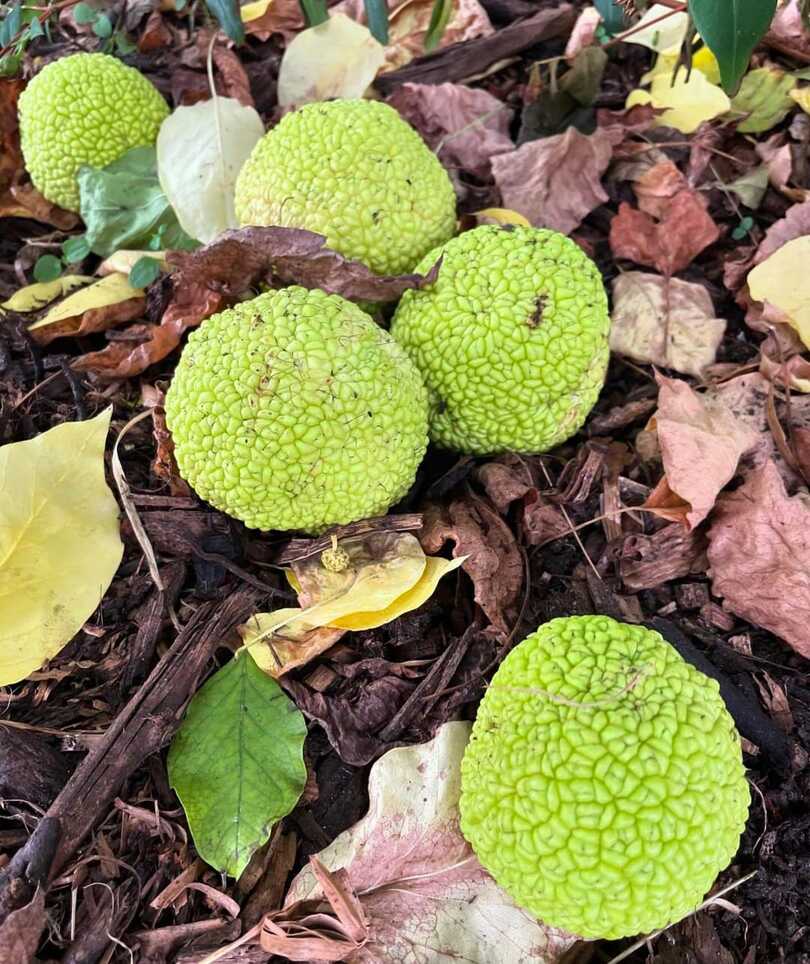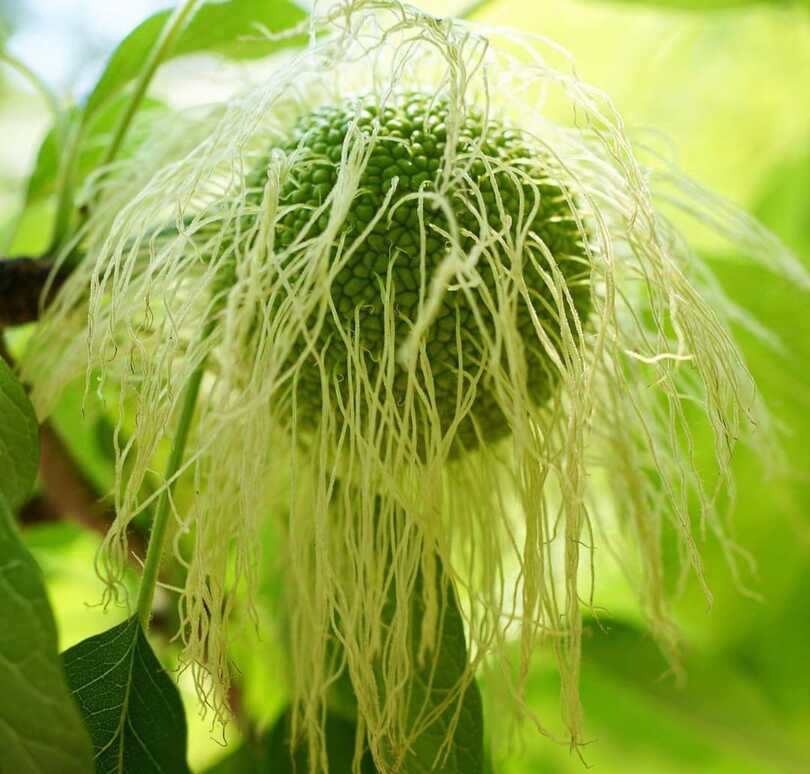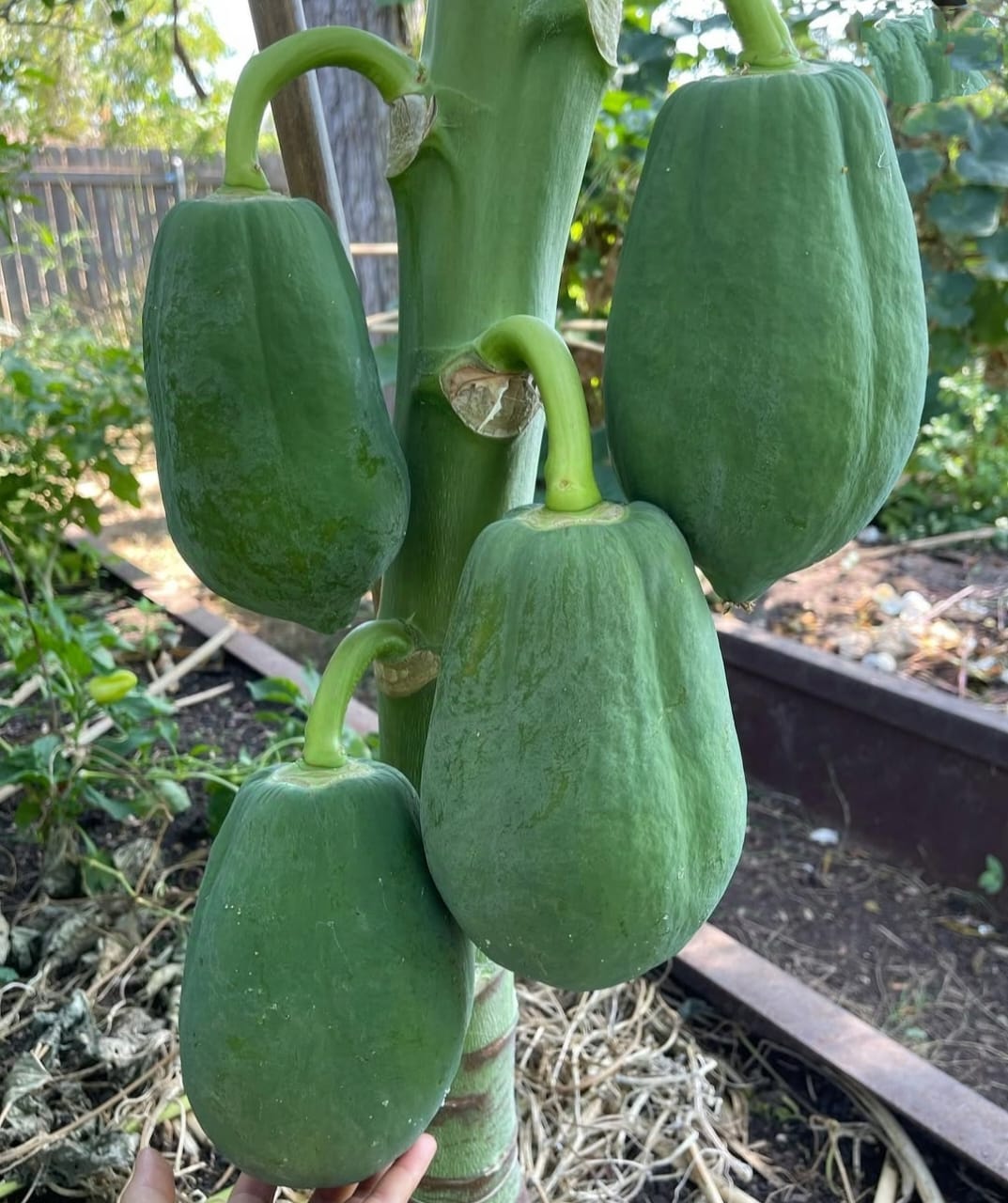Osage orange also known as the hedge apple or horse apple is a very unusual fruit that grows in the central United States. Its bumpy bright green skin certainly makes it stand out, though certainly not part of any normal human diet. Not commonly consumed, the Osage orange has a really interesting role in history and uses. This article will attempt to discuss what the Osage orange is what its benefits and uses are, along with its cultural importation from historical values to modern applications on agriculture, crafting and natural pest control.
What is an Osage Orange?
Osage orange (Maclura pomifera). Osage orange is a small to medium tree with large, spherical and wrinkled fruits. Indigenously it thrives in the southern Midwest and parts of the Great Plains. As such, it was found where the Osage Nation was seen in history the Osage was a Native American tribe that was seen to dominate much of the area where the tree was rife. Not an orange in the citrus family and certainly not one of the fruits we eat the Osage orange tree has been valued for its timber, medical uses and other practical purposes.

Although a curio to most people few are aware of all the different benefits and historical importance attributed to this unusual plant.
Benefits of Osage Orange
- Natural Insect Repellent
One of the most common uses of the Osage orange is as a natural pest repellent. The fruit contains compounds that are said to repel cockroaches, spiders and mosquitoes among others. There has been mixed scientific evidence about the effectiveness but most homeowners swear by hanging the Osage orange fruits around their home to repel pests. Some research has shown that the fruit contains chemical compounds such as elemol, which might help in deterring the insects.
- Long-Lasting Wood for Crafts and Instruments
This orange is pretty hard, dense and resistant to rotting. Thus, one of the best choices for outdoor tools, fence posts, and even traditional bow crafting. The freshly cut wood is golden yellow, darkening in color with age. Its strength, durability and flexibility made the wood highly valuable to both Native American Indians and settlers. - Windbreaks and Erosion Control
It’s tree has dense foliage that effectively acts as a windbreak for crops and homes. In addition, its deep root nature helps in soil erosion thus proving useful in agricultural areas. Living fences, Osage orange trees are still utilised by farmland as shelterbelts mainly for strong winds or soil conservations areas. - Wildlife Habitat and Shelter
Although Osage oranges are not fit for human consumption, they still possess some value for wildlife. It provides birds with a safe habitat and a place to nest and other mammals with a liking for fruit or seeds. Some animals show a habit of chewing into the fruit in order to reach the seeds which are the edible parts. - Medicinal Potential
Although not a comprehensive study on the medicinal properties of osage-orange, this plant has been used for generations in many treatments. The bark, roots and leaves have been administered to treat various conditions from colds and respiratory problems through digestive disorders among many other reasons by traditional folk medicines. There is active research in the medicinal constituents of the tree, and work conducted thus far suggests antimicrobial properties with extracts from the fruit or bark.
Medical Uses of Osage Orange

Some uses of Osage Orange Wood:
Bow-Making: Even today, perhaps the best archers still prefer this orange for the making of longbows and recurve bows.
Fencing and Posts: The resistance of the Osage orange wood to rotting prevents the posts fencing from which the wood is sourced from decaying for decades without any treatment.
Furniture and Crafts: Artists may also make odd, long lasting furniture pieces or other wooden crafts out of Osage orange wood.
Tool Handles: Because the wood is so strong, it is also suitable for making tool handles, especially those that must endure stress and pressure.
Are There Any Risks to Using Osage Orange?
Osage orange has several practical uses, there are a couple of things to be on the lookout for:
- Allergic Reactions : Some people have adverse reactions to the latex sap that the tree produces. If your skin is sensitive, then you should definitely wear gloves when working with Osage orange wood or fruit.
- Thorns to Handle Osage orange trees have long sharp thorns : These thorns make the trees not the most pleasing trees to handle if you will for landscaping or farming purposes. When planting this orange for fencing or as a windbreak, take into consideration the thorns.
- Osage orange has no proper studies on medicinal benefits : Even the proponents who claim medicinal benefits just have emerging studies to validate this. Any remedy from nature should be consulted by health professionals in medicine.

Osage orange is chock full of practical uses. With its incredibly strong wood serving use as an organic insect repellent, it has sustained humankind and wildlife for thousands of years. Whether you are an artist desirous of super-durable wood, a gardener interested in natural pest control or simply someone interested in weird fruits, the Osage orange will provide an unusual combination of history and utility.
While it may never find its way onto your dinner plate, this fascinating plant has certainly worked its way into history as well as modern use. If you should ever come across an Osage-orange fruit, take the time to appreciate the odd appearance and uses of this fruit over the years.
Also Read: Canned Jackfruit: Benefits, Nutrition and How to Cook?
For fitness blogs click here.

Ankush Kumar is a professional content writer and the founder of Healthnick.com. He is a health and wellness enthusiast with a deep interest in nutrition, fitness and holistic living. Harish is committed to delivering research-based insights on various health topics. He enjoys exploring new trends in health, experimenting with nutritious recipes, and staying active.






